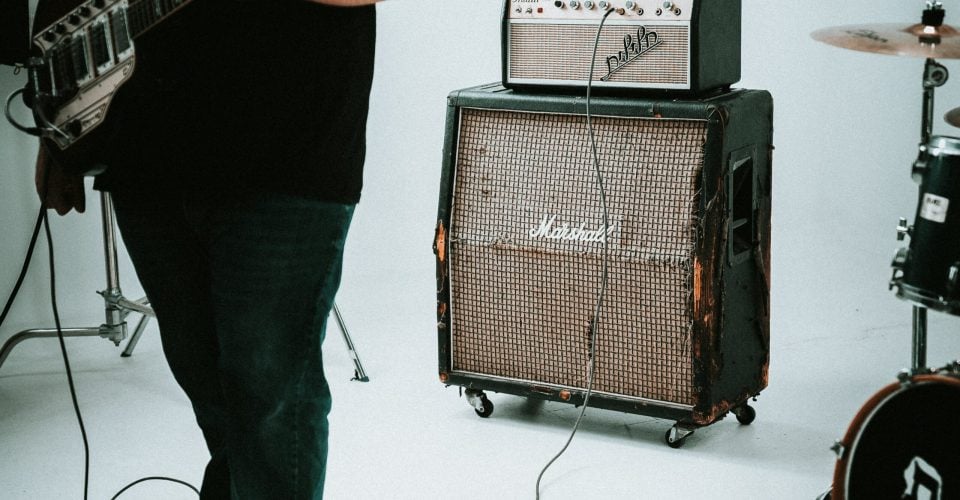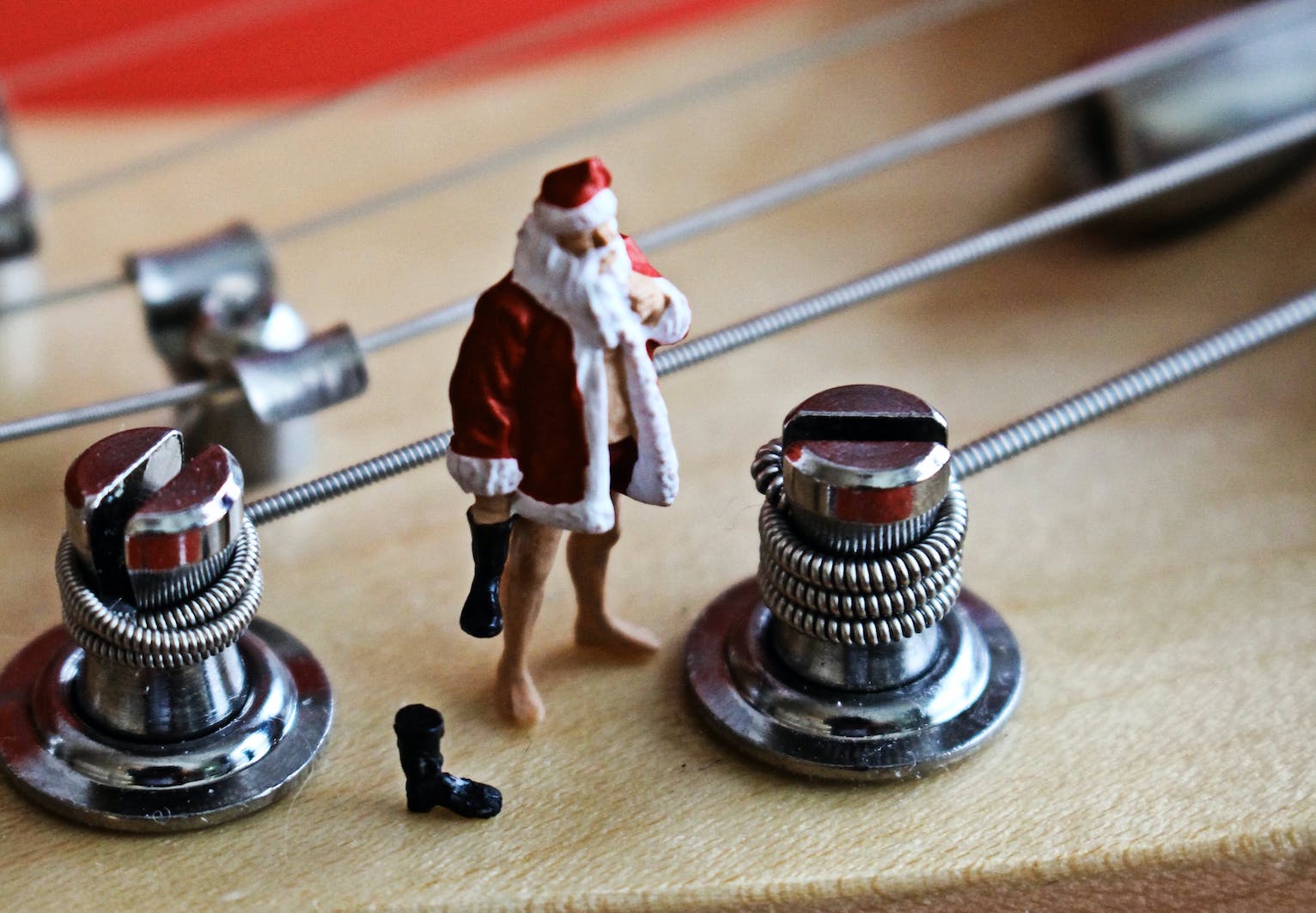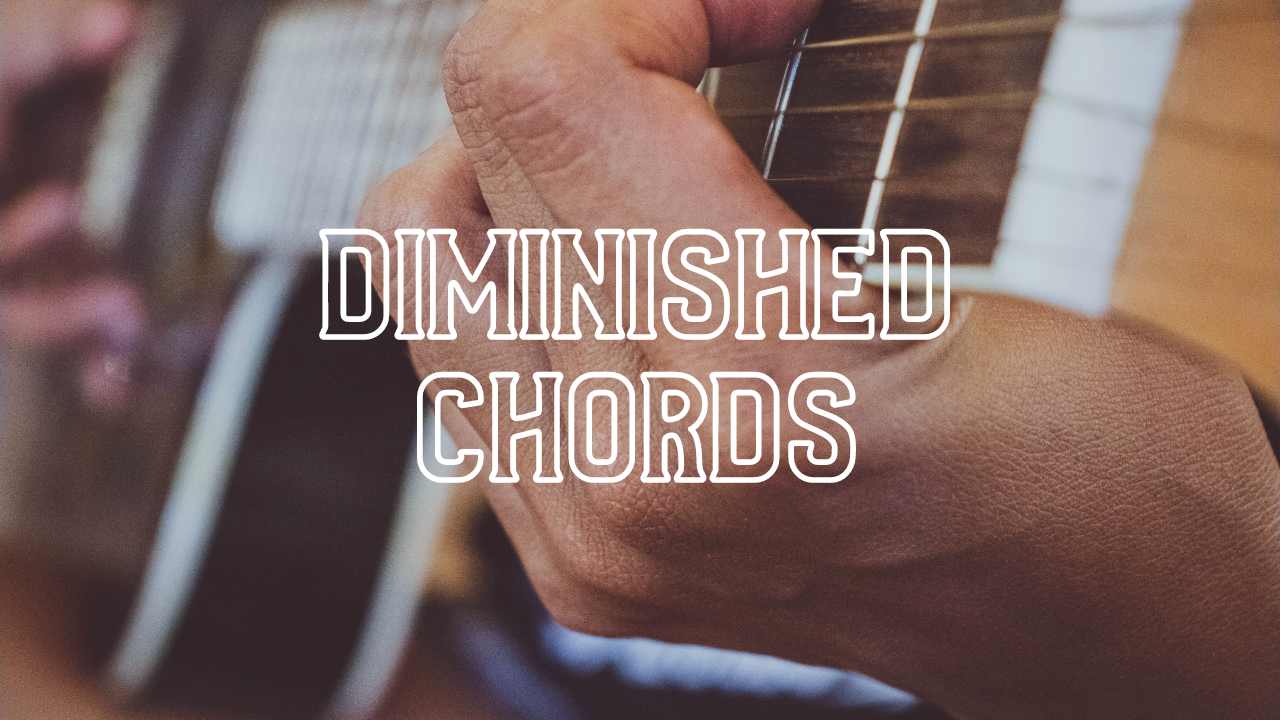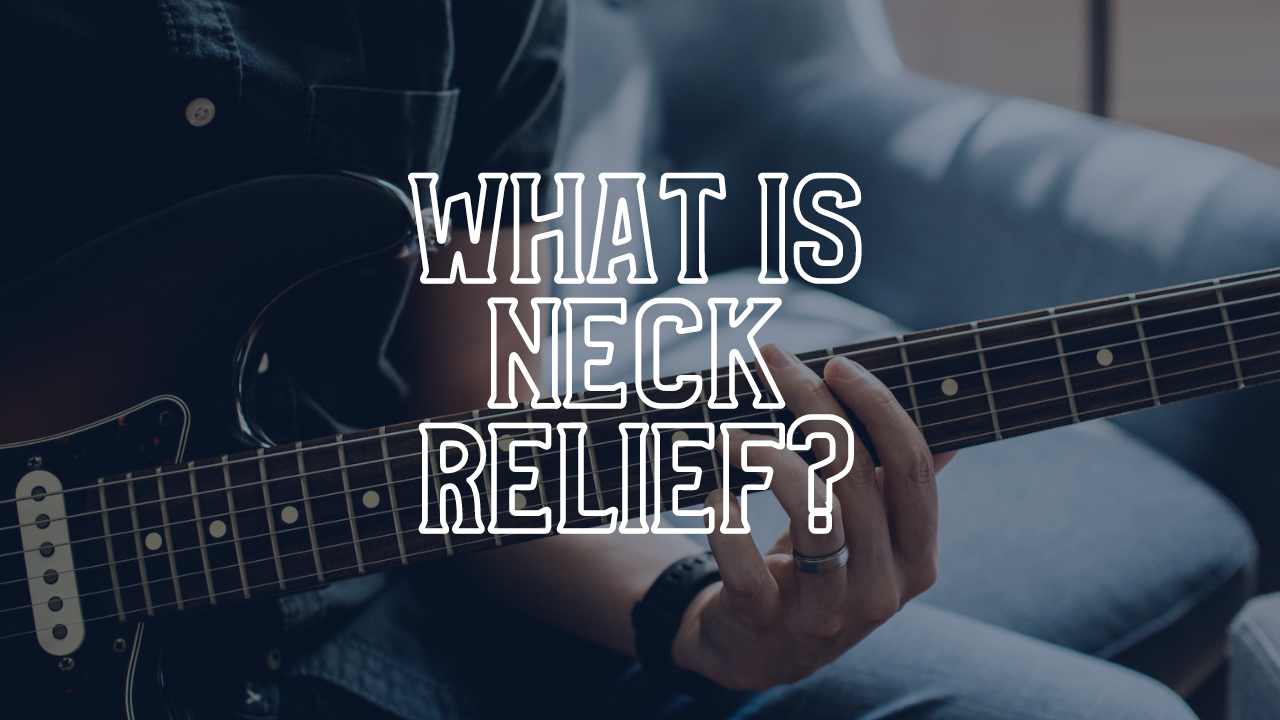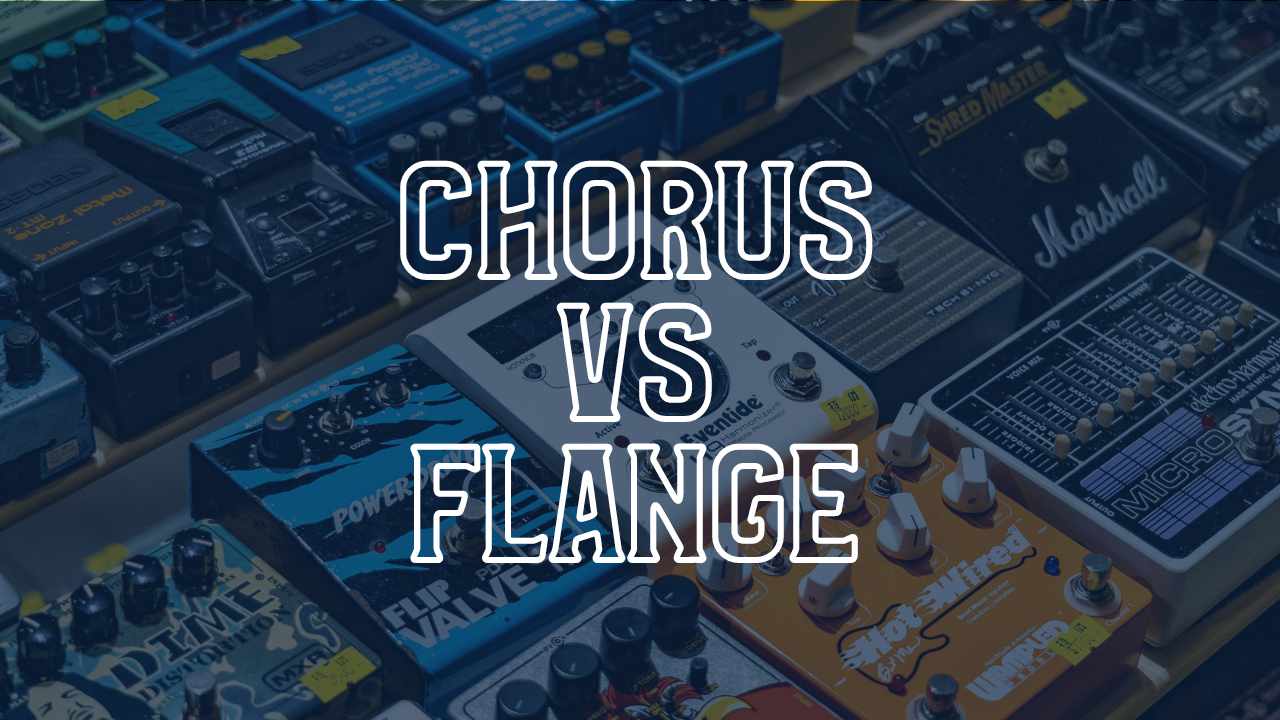Finding your dream tone is a long and arduous process, but it’s worth it in the end when you strum a chord and get the sound you’ve always wanted. One critical part of your tone that some guitarists overlook is the size of your speaker(s). Speaker size can be the difference between a boomy, bass-heavy, tone and a sharp, focused, studio sound, so it’s not something you should overlook if you’re in the pursuit of tone.
In this article, we’re going to break down how speaker size affects guitar tone. We’ll also take a look at the most common speaker sizes, how they differ from each other, and who uses them for what.
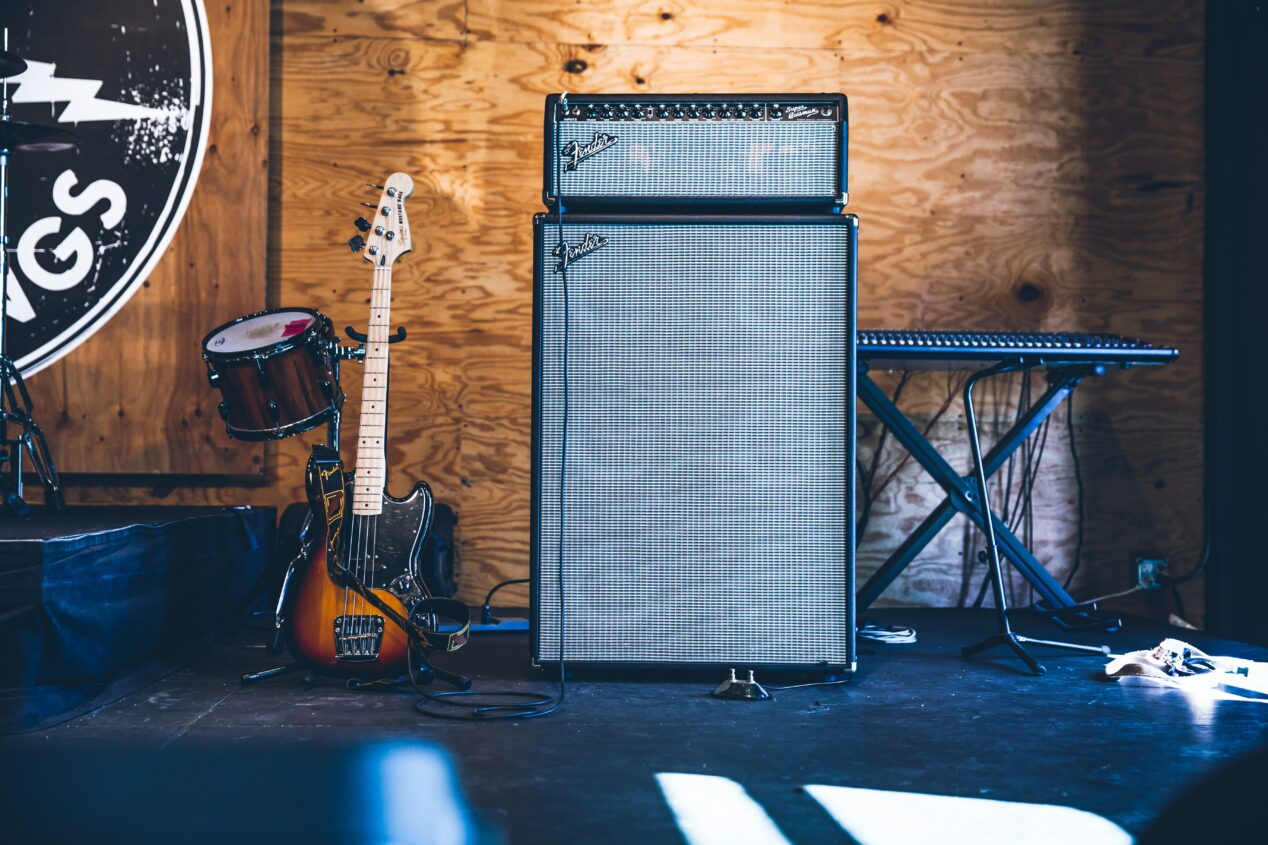
The Science
First, let’s focus on the science behind speaker sizes. It might be a bit technical and boring, but it will help give you a better understanding of how speakers work and why speaker size matters so much.
There are three main factors in speaker construction that have a big impact on tone:
- Output level (or sensitivity): Put simply, this comes down to how efficiently it converts electrical energy into air (sound).
- Sound dispersion: This is about the directional nature of the sound and how the speaker cone shapes and directs the output.
- Vibration “modes”: This involves the vibration of the speaker cone and the harmonic depth it contributes.
Each of these factors has a huge impact on your final tone. However, these factors are sort of competing against each other, so speaker manufacturers have to find a balance between all three of these factors to get the best tone possible.
For example, let’s say you use a thin speaker cone for a larger, 15” speaker. The cone would vibrate greatly because of the size and thinness, resulting in very rich and dense tones. However, the cone would also be very likely to break due to the sheer force of the larger speaker. If you put that same cone in a smaller speaker, the richness and harmonic depth would be reduced, but the speaker would be more capable of handling regular use.
Another important thing to talk about in this section is the relationship between size and volume or output level. In general, larger speakers are capable of producing more volume. They are larger and move more air, which in turn means more volume. Obviously there are other factors that come into play (such as your amp), but bigger speakers generally equate to more volume. And as implied, smaller speakers tend to be more quiet.
Related to this, bigger speakers also are more capable of producing lower tones. Again, bigger size means they can move more air. Frequency wise, it means they are better at producing low and deep tones, where smaller speakers are better at producing more mid and high focused tones.

The Most Common Sizes
With the science covered, let’s look at the most common speaker sizes and how they are used. We’ll also take a brief look at some of the more uncommon sizes and why some players like them for certain scenarios.
10”
10” speakers are the typical “small speaker” used by guitarists, though they are also common amongst bassists. These speakers have been around for a long time and have proven themselves to be an incredibly practical and useful speaker.
Tonally, 10” speakers are fairly balanced but with a focus on highs and mids. They can provide a nice mid punch with clear treble, while also providing wider listening angles. The wider listening angles and lack of bass can make them great for onstage use, especially in smaller rooms and venues.
Overall, they are a very well rounded speaker. They are great for guitarists looking for more mid and high punch, as well as bassists who want a clearer and more pronounced treble tone. They are well suited for studio and onstage use. Another great benefit is that they can make it easier to overdrive your amp, letting you get great drive tones at a more reasonable volume. They are also more portable, which is a plus if you’re tired of lugging around massive speakers all the time.
There are downsides though. The biggest disadvantage of 10” is the lack of low end. That may not matter depending on your tone and what you play, but it is a big factor to keep in mind when choosing a speaker.
12”
12” speakers are the speaker size. They are the most common and balanced out of all the speaker sizes, and they are beloved by guitarists and bassists alike. These speakers can be seen on stages and heard on records constantly, and there’s a reason why.
In terms of tone, 12” speakers are very balanced. They provide a great mix of lows, mids, and highs, which is why they are used so frequently. They can do a great job with nearly any style of music, in the studio or onstage. As expected, they are also louder than 10” speakers, making them better suited for larger venues or scenarios where you need more volume.
These speakers also have few downsides. They provide a good response across the frequency range, more a decent amount of air, and are suited for a wide variety of musical contexts. That said, they don’t excel in any area in particular. If you want very deep lows or strong and punchy highs, you may be better off choosing another size. But if you want everything balanced out, they are a great option.
15”
15” speakers are the biggest size speakers that are commonly used. Many bassists swear by 15” speakers, and many guitarists love their low end as well. Despite their size, they are still incredibly common. And as you probably guessed, they are louder than 10” and 12” speakers.
A big speaker means a deep tone. 15” speakers provide a lot of low end, giving you all the bass you need. This has made them very popular amongst bassists, as well as guitarists in search of powerful low end. They can be a great option if you are looking to add some weight and bottom end to an instrument or amp that is lacking.
Larger speakers like 15” ones can also provide more headroom. They can get louder before breaking up, so they can be incredibly useful if you want very loud and clear cleans. Their size also gives them a certain harmonic richness and depth.
All that said, they do have downsides—most notably, size. 15” speakers are big and can be a pain to move. If you’ve ever showed up to a gig only to find out you need to go down (or up) a flight of stairs, you know how annoying large and heavy gear can be.
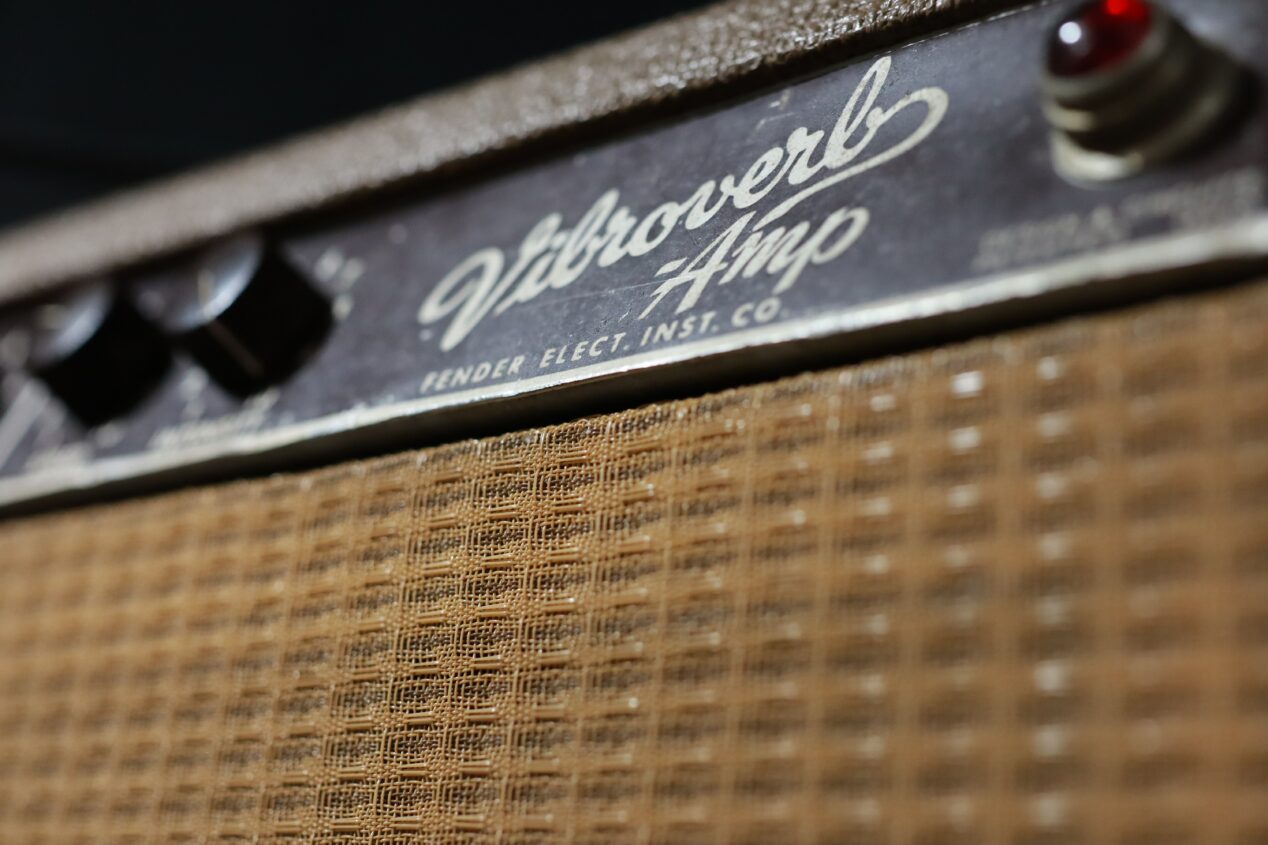
Other Sizes
Before wrapping up, let’s cover a few of the less common speaker sizes. Though they are used less frequently, these speakers also have their own uses.
6” and 8”
6” and 8” are very small, but they do have practical use. These speakers provide an even punchier tone with more focus on mids and highs than 10” speakers. Though these speakers are relatively uncommon on their own, they are commonly used in combination with other speakers. For example, someone might have a cabinet with an 8” and 12” speaker, with the 12” providing balance and the 8” giving a little extra high end punch.
18”
The opposite of the previous speakers, 18” speakers are huge. They provide tons of low end and headroom, as well as lots of volume. Many bassists love these speakers because of their smooth and powerful bass response. These are used on their own, but they are also often matched with other sizes as well. A cabinet with an 18” speaker and a 10” speaker can provide tons of lows but with enough high and mid punch.
The main reason these speakers are not more common is size. 18” speakers are big and cumbersome. They may sound great, but most simply do not feel like lugging them around to gigs. That said, they are often used in the studio where they don’t have to be carried up and down flights of stairs.
Conclusion
Speaker size may seem inconsequential when there are a dozen other factors impacting your tone, but they are very important to the final result. A big 15” speaker can give you tons of low end and headroom, and a 10” speaker can give you punch highs and mids with great listening angles.
Finding the best speaker size (or combination) for you is an essential part of finding your tone. We recommend trying out a bunch of different speaker sizes and figuring out what you like best. And don’t be afraid to mix and match; experimentation can yield great results.

